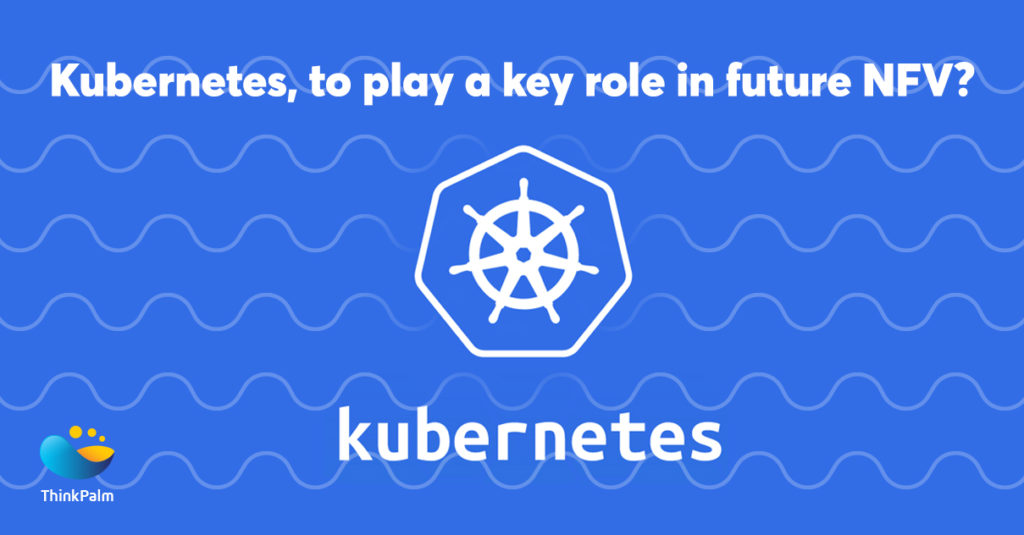
Network functions virtualization (NFV) is a concept of virtualizing the traditional network services operated on Networking equipment. NFV enables functionalities like routing, load balancing and firewalls are packaged as virtual machines (VMs) on hardware. The key component of NFV architecture is the Individual virtual network functions or VNFs.
With the help of hypervisor, multiple VNFs can be linked to a standard server, controlled and Monitored. The Essential mission of NFV’s is to use networking hardware since network managers no longer need to additional investments or manual configurations in hardware devices to perform certain functionalities. Because NFV architecture virtualizes network functions and eliminates specific hardware, therefore, network managers can add, move or change network functions at the server level in a simplified provisioning process.
Key Benefits of NFV
- Reduce investments on network equipment via migration to software on standard servers
- Proficiencies in space, power, and cooling
- Robust deployment
- Flexible and accessible
Cloud-native Development of Network Functions:
- Portable and reusable Codes and Application without any dependency on infrastructure
- On-demand scale-up and down of applications
- Efficient for both elastic and distributed computing
Cloud-native NFV development has the adaptability to on-trend practices like DevOps, agile methodologies. Most prominently it also enables container orchestration engines like Kubernetes to handle workloads efficiently and dynamically at the core stack of NFV.
Kubernetes and NFV
Kubernetes, an orchestration system helps in automating the deployment of application, scaling and management. In NFV architecture, Kubernetes plays a key role as a Virtual Infrastructure Manager (VIM) and VNF Manager (VNFM).
The key feature of Kubernetes is that it can provide a common environment across a wide range of cloud infrastructures.
Kubernetes ecosystem contains KubeVirt that helps to take an existing virtual machine and deploy it inside a container. It also enables us to quickly deploy and manage applications with native container workloads and VM workloads using Kubernetes. It supports top public clouds like Microsoft Azure, AWS and Google.
In this way, Kubernetes allows us to achieve a unified strategy for NFV that is entirely compelling.
Kubernetes would help us obtain an efficient strategy for NFV implementation. There are several ways Kubernetes can be useful for NFV use cases for handling network functions and applications. Kubernetes can be useful in hosting all cloud-native software stack into the clusters.
We also witness more than a few collaborations for lasted solutions for 5G with a primary focus on container handling with the use of Kubernetes and VMs using OpenStack. There is a wide range of possibilities that Kubernetes are handy for NFV use cases to handle network functions and applications. It also helps to host all cloud-native software stack into the clusters.
For a software or solution provider, Kubernetes primarily enables one to orchestrate a wide range of workloads to name a few VNFs, CNFs, VMs, containers, and functions. ONAP is the top service orchestrator and the NFV MANO platform enables handling NFV deployed services. An exclusive Kubernetes plugin for ONAP empowers to orchestrate a wide range of services and workloads cater to multiple sites.

Key Benefits
- Self-Healing: Restarts failed containers, replaces and reschedules containers when nodes die, kills containers that don’t respond to your user-defined health check
- Automated Rollouts and Rollbacks: Kubernetes automatically rolls out deployment changes to your application or its configuration and monitors your application health. Same way Kubernetes will roll back If there is an error identified.
- Horizontal Scaling: On-demand scale-up and down of applications
- Storage orchestration: Automatically support or adapts to a user-defined storage system let it be local storage, a public cloud provider such as Azure or AWS, or a network storage system such as NFS, Gluster, Cinder or Flocker.
Author Bio:

Sukumar Sasidharan: Sukumar is the business development lead at ThinkPalm Technologies, with 10 years of industry experience in sales and business development.



